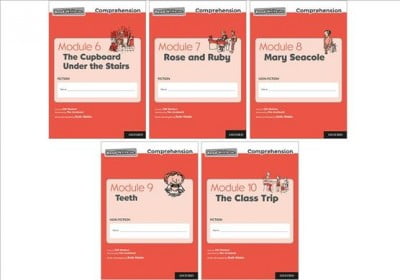
Such elements are becoming increasingly important in school curriculum across English, Math and Science content. Since read-write learners prefer to manage textual rather than image-based information, comprehending information presented in charts or diagrams may prevent them from maximising their learning. Interpreting Charts, Diagrams and Non-textual Information Does Your Child.Ĭhallenges And Solutions For The Read-Write Learner Textual analysis aids this learner’s ability to understand, retain and eventually, to apply the information. Read-Write learners process information by writing it down and by reading it.

Definitions, explanations, interpretations, handouts - the more, the merrier. Such learners thrive on receiving as much information on a subject or topic as they can. If your child has this particular learning style you may have noticed his or her preference for textual stimuli. However, to avoid over simplification, you should encourage the different learning sensibilities in your child to maximise his or her learning potential and output. With a multitude of educational psychology theories on learning types, it can be easy to ‘diagnose’ a child by tying them to one specific learning style. In this series, we explore several major learning styles. If we consider the range of personalities among children, surely it is logical to look at each child’s learning profile as being unique as well. While these notions are not untrue, it is perhaps more important to look at learning as a multifaceted object.


Learning has often been described as a journey - something that takes time, requires effort and presents challenges to the traveller.
#Readwrite educational solutions series
Explore different styles of learning in this series of articles as we seek to understand the best ways of nurturing each child’s love of learning. Each child is unique and learns in different ways.


 0 kommentar(er)
0 kommentar(er)
